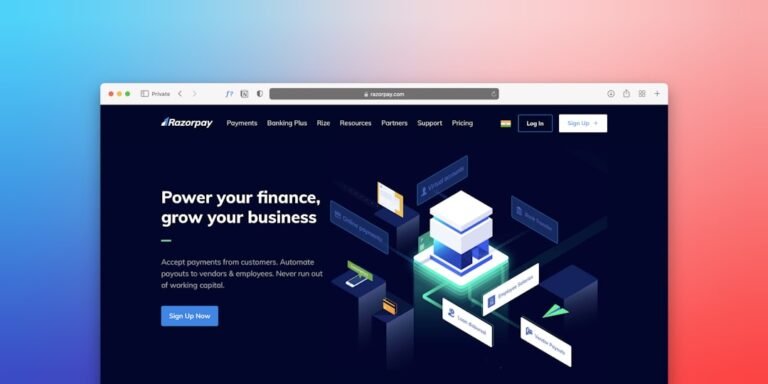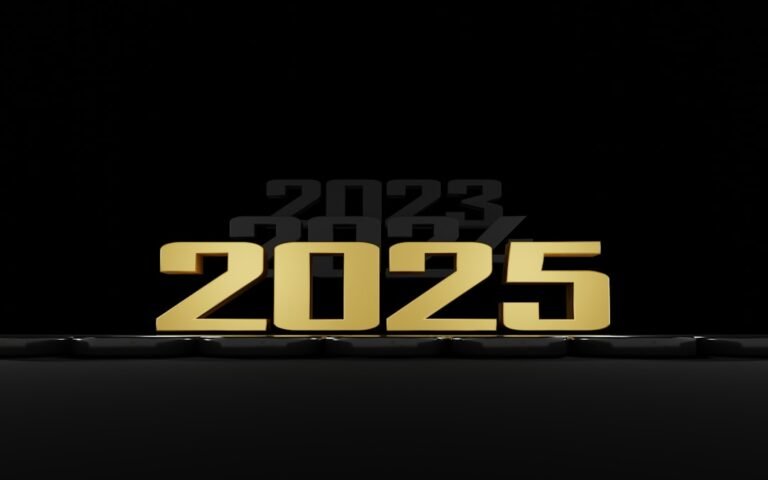web design 2025
As we approach 2025, the world of web design is on the cusp of a revolution. With technological advancements happening at an unprecedented rate, the way we interact with websites and digital products is about to change dramatically. In this article, we’ll explore the trends, technologies, and best practices that will shape the future of web design in 2025 and beyond.
The Rise of AI-Driven Design
Artificial intelligence (AI) is no longer just a buzzword in the design world. It’s becoming an integral part of the creative process, enabling designers to create more personalized, intuitive, and engaging experiences. In 2025, we can expect to see AI-driven design tools that can:
- Analyze user behavior and preferences to suggest design improvements
- Automate repetitive design tasks, freeing up creatives to focus on high-level thinking
- Generate customized design elements, such as images and graphics, on the fly
The Importance of Accessibility in Web Design 2025
As the web becomes increasingly integral to our daily lives, accessibility is no longer just a nice-to-have, but a must-have. In 2025, web designers will need to prioritize accessibility, ensuring that websites and digital products are usable by everyone, regardless of abilities. This includes:
- Implementing WCAG 3.0 guidelines and Section 508 compliance
- Using accessible design patterns and components
- Conducting regular accessibility audits and testing
The Evolution of User Experience (UX) Design
User experience (UX) design is at the heart of web design 2025. As technology advances, users’ expectations are rising, and designers need to deliver experiences that are seamless, intuitive, and delightful. In 2025, we can expect to see a focus on:
**Personalization**:
using data and AI to create tailored experiences
**Micro-interactions**:
using subtle animations and effects to enhance usability
**Voice UI**:
designing for voice-activated interfaces and conversational UX
The Role of Augmented Reality (AR) and Virtual Reality (VR) in Web Design
Augmented reality (AR) and virtual reality (VR) are no longer just limited to gaming and entertainment. In 2025, we can expect to see these technologies being used in web design to create immersive, interactive experiences that blur the lines between the physical and digital worlds. This includes:
- Using AR to enhance product demos and tutorials
- Creating VR experiences that simulate real-world environments
- Integrating AR and VR into e-commerce and retail experiences
The Future of Web Development: Trends and Technologies
The world of web development is also undergoing significant changes. In 2025, we can expect to see a focus on:
**Progressive Web Apps (PWAs)**:
delivering fast, seamless experiences that rival native apps
**Serverless Architecture**:
using cloud-based services to reduce infrastructure costs and improve scalability
**WebAssembly**:
enabling high-performance, cross-platform development
Conclusion
As we look ahead to 2025, it’s clear that web design is on the cusp of a revolution. With AI-driven design, accessibility, UX, AR, VR, and emerging technologies taking center stage, designers and developers need to stay ahead of the curve to deliver experiences that meet users’ evolving needs. By embracing these trends and technologies, we can create a future where digital experiences are more intuitive, engaging, and accessible for everyone. Whether you’re a seasoned designer or just starting out, now is the time to start exploring the possibilities of web design 2025.
About Relvixis: Relvixis is a Canadian-based digital agency specializing in results-driven solutions for businesses looking to grow online.
We offer expert services in SEO optimization, web development, social media management, and marketing automation.
Our team blends creative strategy with technical precision to drive leads, enhance brand visibility, and accelerate digital performance.
To learn more or schedule a free consultation, visit
relvixis.com.







